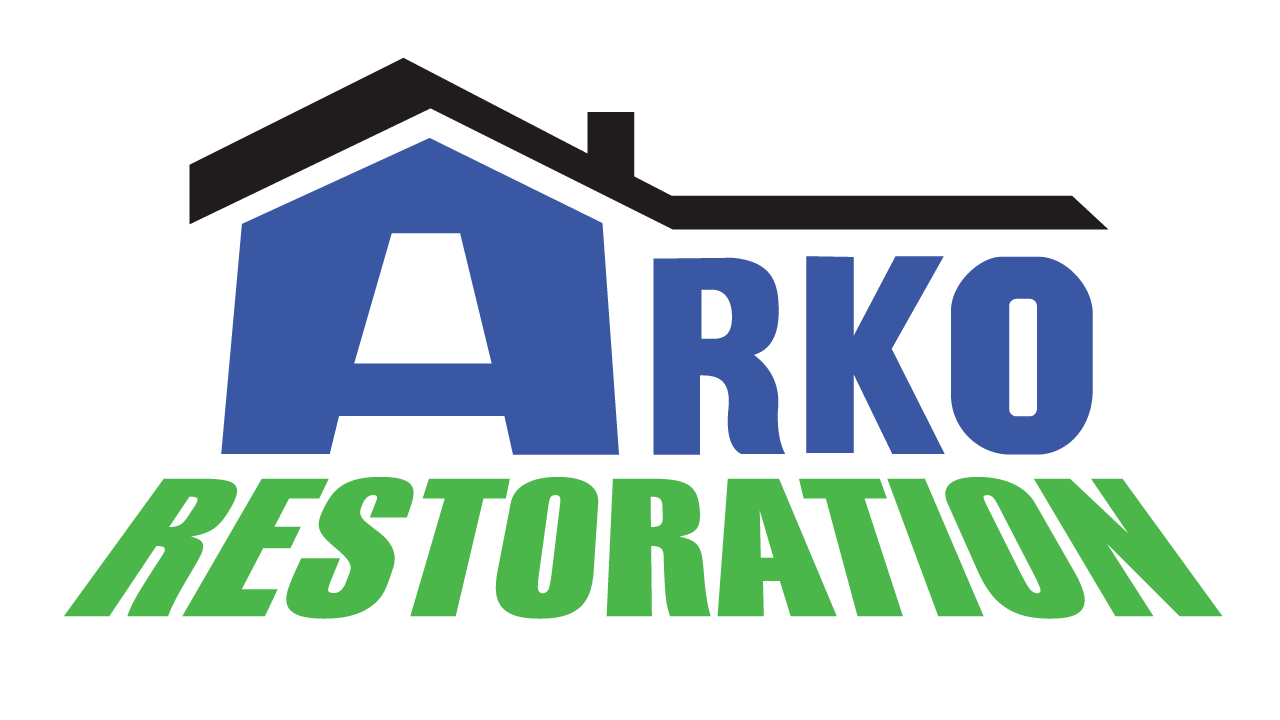Water is essential for life. It can be beneficial but also extremely damaging as well. One of the most unpleasant situations to go through is water damage to your home, whether it is due to busted pipes, a backed-up sewage line or flooding. In the event of water damage, there are practices you can follow for proper restoration.
The Best Practices For Water Damage Restoration
The process of restoring water-damaged property to the state it was before water damage is known as the restoration process. Depending on the extent of the damage and the size of the affected area, water damage repair involves more than just drying the surface of the property; It can take many days to weeks.
To help make the restoration process easier, some of the best practices for water damage restoration are these…
#1 Remove Affected Items
Turning off the electricity and beginning to remove the impacted things should be your priority. Disconnecting and removing all electronic equipment is recommended, especially if the electrical system has been weakened or exposed. Water damage near a live electrical circuit might be harmful.
Also, the sooner affected items are removed from the water, the more likely they are to be restored. You can save money by immediately removing rugs and mats. When you clean and disinfect these materials, you prevent the spread of waterborne disease and make them useful again.
#2 Remove All Water And Moisture

All water and moisture must be removed to repair and restore damaged areas of the property. To help you with this, you can make use of dehumidifiers and water pumps to remove moisture from the air and water from the floor. Additionally, open every window to promote airflow throughout the entire house. To quicken the procedure, use portable ventilators or air movers. Your aim should be to create airy, dry spaces. If required, the procedure could involve employing portable extractors to get rid of any extra water.
#3 Inspect The Area For Mold And Mildew
If the conditions are right, mold and mildew can begin to build in as little as 24 hours. To prevent this from happening, you must inspect the affected areas on time. You should take extra precautions if you notice any mold because it can be very hazardous to people. You can take out the infected item and throw it away if your walls, baseboards or drywall have minor mold issues.
Furthermore, ensure that damaged areas are sealed off from ventilation, and expert assistance should be sought if you have major mold issues. Keep in mind that mold can grow in less evident areas, such as on the walls or the floors. For this reason, call a professional to help you with the inspection and remediation.
#4 SetUp A Flow Of Air
One of the reasons water damage is so serious is that it has nowhere to go. It can remain stagnant and destroy anything it comes in contact with. After removing standing water and inspecting the exterior for signs of mold, open the room as much as possible for air circulation. Ventilation of the affected area will keep the damaged parts dry and prevent mold growth.
Note that if there is no significant water damage, a standard box fan and dehumidifier can be used to dry the affected area. It helps prevent further damage. Initiating drying immediately will minimize long-term damage.
#5 Demolition And Debris Removal
If certain building materials like carpets, carpet padding and drywall are damaged and cannot be recovered, you must get rid of them. Drywall must be taken out to reveal wall cavities, and carpets must be pulled up to reveal subflooring to enable a quick drying process.
In the case that the structure of your home has not been damaged by the water incident, you may not need to demolish certain parts of your home. Nevertheless, ensure that the whole process is supervised by a professional.
#6 Clean The Area Properly

Any standing water in an area can be eliminated with a wet or dry shop vac. Once there is no longer any standing water, use towels and an absorbent mop to remove any remaining moisture. Also, use fans and dehumidifiers to get rid of extra moisture after all traces of apparent wetness have vanished. To encourage airflow and expedite the drying process, it is advised that you open the windows and doors in your home.
#7 Replace Damaged Items
The damage caused by water can be severe in some cases. Even if you rapidly remove the water and dry everything off, certain parts will be unredeemable. Baseboards, siding and drywall are all frequently damaged by water and are reasonably simple to repair on your own.
When removing and replacing materials, you need to take additional caution if any of your home’s structural elements were damaged. Your home may sustain additional harm if structural elements are improperly removed.
#8 Seal, Caulk And Paint All New Materials
After replacing any damaged items, it is time to protect against more water damage. If any floorboards need to be replaced, you will either need to waterproof the new wooden components or switch to tile or high-end vinyl. Future water damage will be prevented by waterproofing floor components.
Additionally, sealing and caulking should also be done on any replaced fixtures. To prevent future water leaks, durable caulk should be used to line fixtures like toilets, sinks, windows and frames.
Summary:
Water damage restoration is not a task to be taken lightly. Whether it is caused by a natural disaster or a plumbing issue, quick action is necessary to mitigate the damage and restore your property. By following the water damage restoration tips provided, you can effectively navigate the restoration process and restore your property to its pre-damaged condition.

